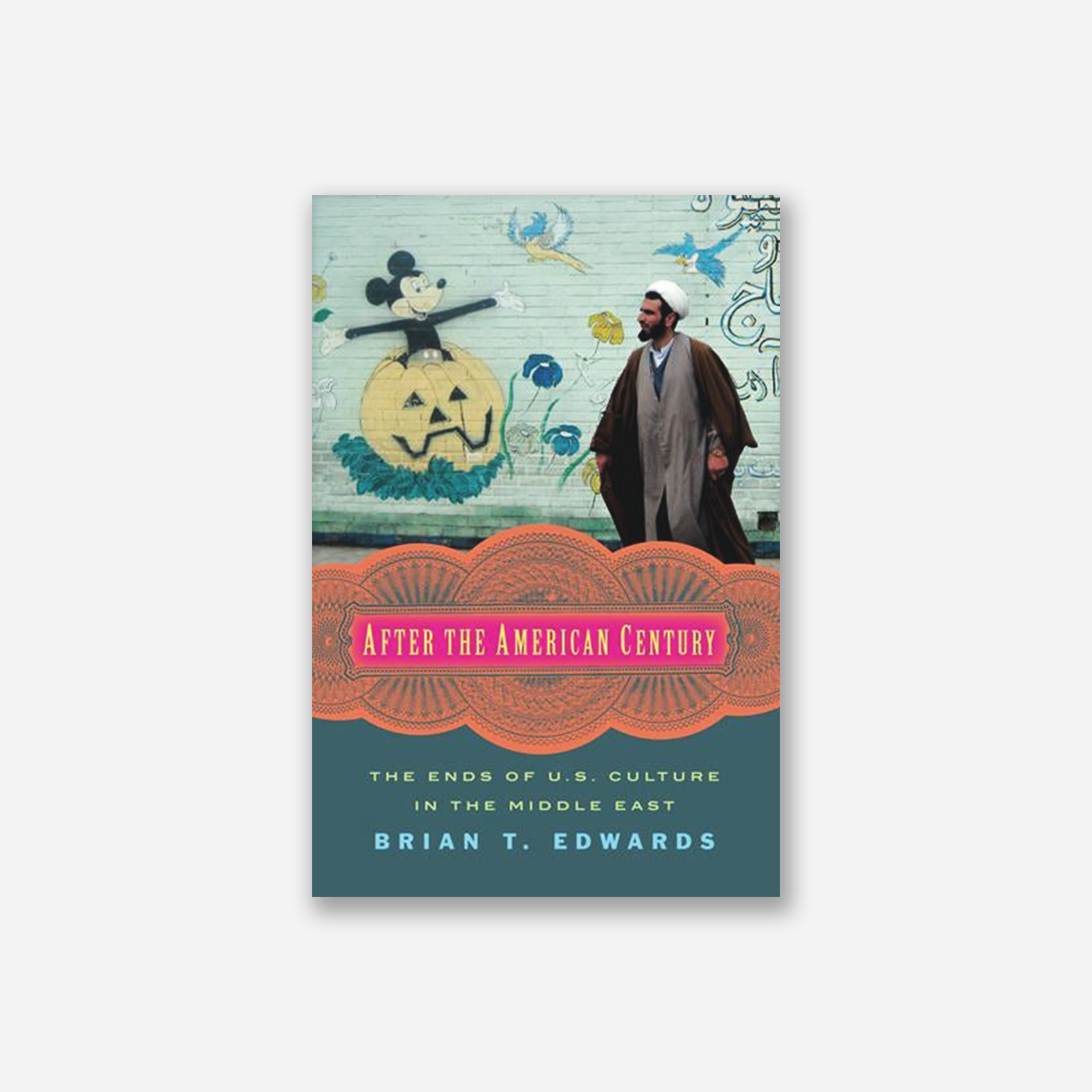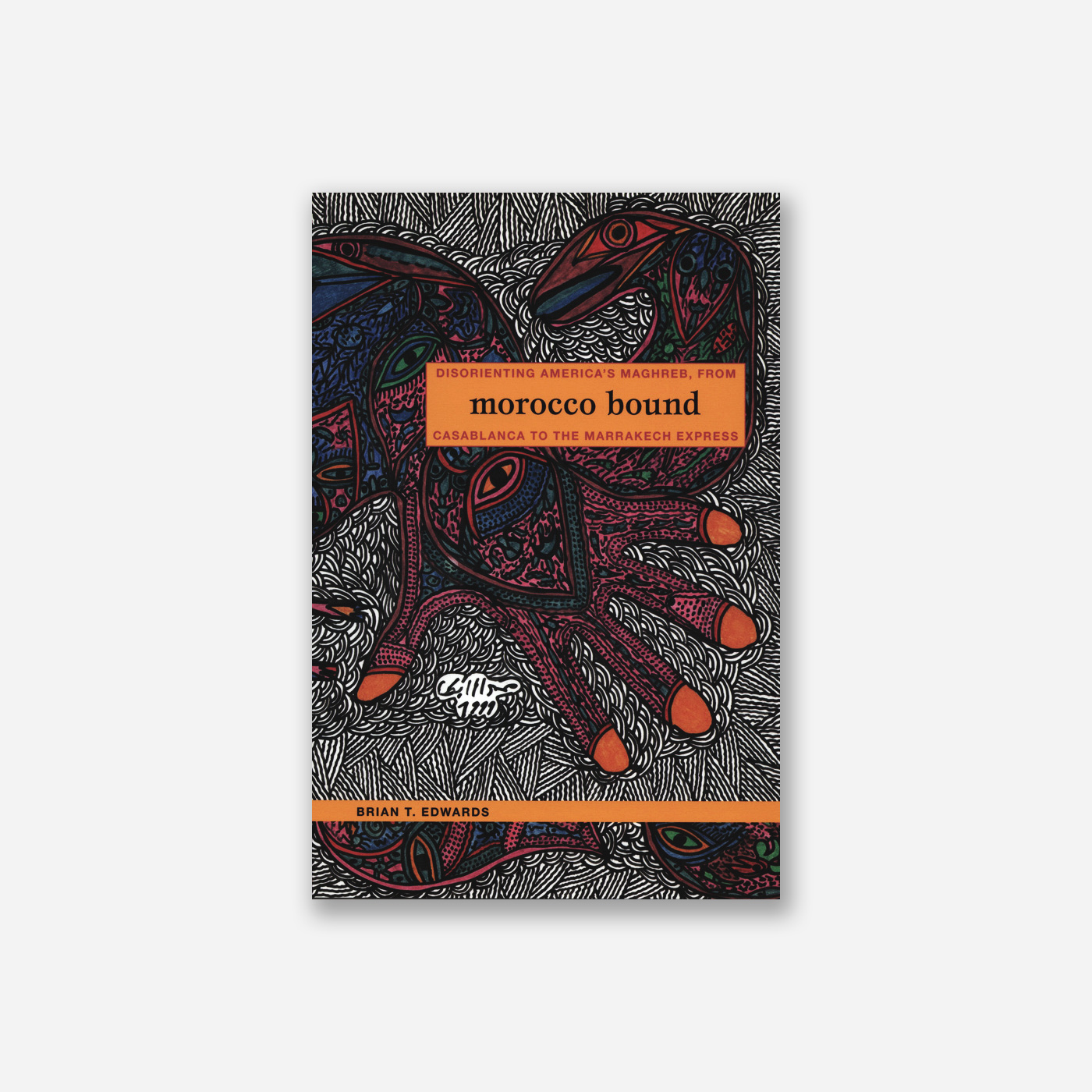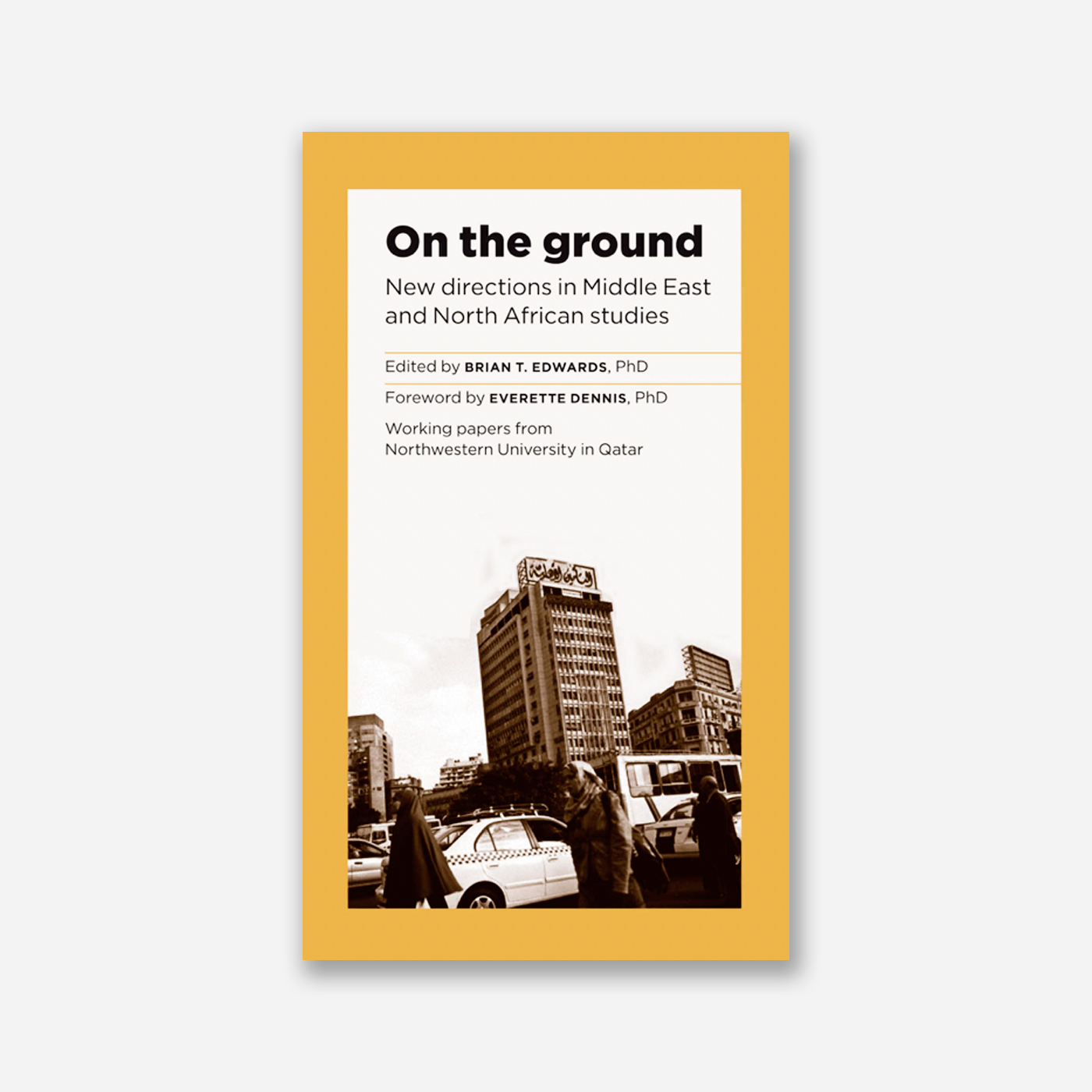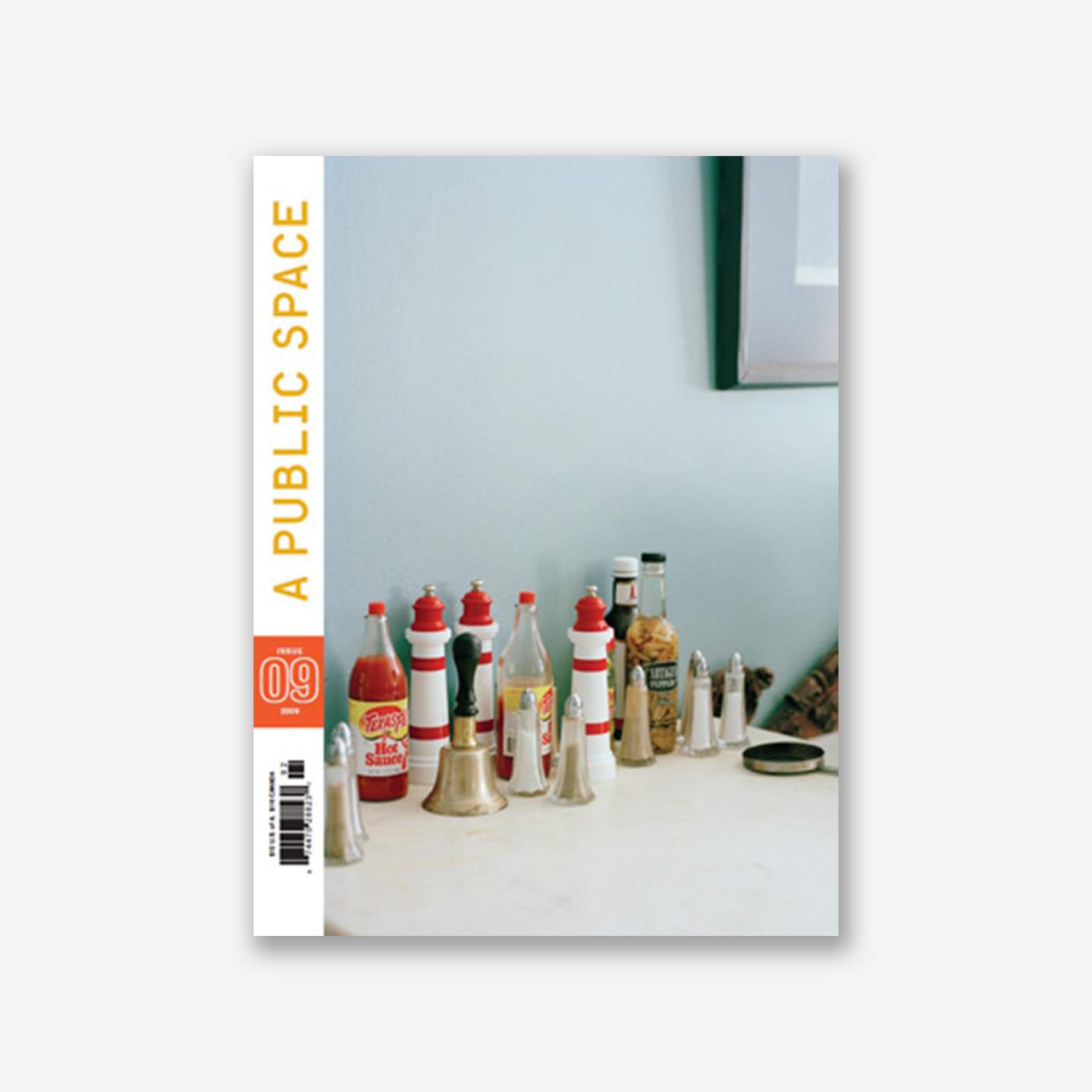
The Way toward the Other: Khatibi, Bowles, Mrabet
PMLA, 137.2 (March 2022)
In 2008, the year before his death, the Moroccan philosopher and writer Abdelkébir Khatibi engaged in a series of public conversations with the American literary theorist Samuel Weber in Rabat. The dialogues were published in 2012, three years after Khatibi's death, by the press of Mohammed V University as Le chemin vers l'autre (The Way toward the Other). They have an extremely limited circulation, even in Morocco. Since this is apparently Khatibi's final book, it seems an apt point of departure for work still to be done.
- "Hollywood Orientalism and the Maghreb," boundary2 (online), December 13, 2018.
Part of a special dossier on the Maghreb on the 30th anniversary of Orientalism, this essay asks whether Edward Said’s relative silence about cinema is related to his neglect of the Maghreb. Edwards proposes that the logics of cinema underlie the particularity of American Orientalism and help expand our understanding of Said’s theory to include U.S. culture and politics during the "American century."
- "Trump from Reality TV to Twitter, or the Selfie-Determination of Nations," Arizona Quarterly: A Journal of American Literature, Culture, and Theory, 74.3 (Fall 2018), 25–45.
This essay argues that over the course of his career and in his public discourse, Donald Trump engages and moves through a series of forms of popular entertainment from reality TV to social media. Edwards argues that the logics inherent in those forms inform Trump’s changing relationship to his political support.
- "Morocco Dispatch," Middle East Report/MERIP, issue 283 (Summer 2017).
Part of a special issue examining responses to Donald J. Trump as presidential candidate and in the first months of his presidency, Edwards conducted interviews with Moroccans across the country to portray a range of sometimes unexpected reactions.
- "Jumping Publics: Magdy El Shafee's Cairo Comics," NOVEL: A Forum on Fiction 47.1 (Spring 2014): 67–89.
Part of a special issue on democracy and the novel, this article introduces Egypt's first major comic artist, Magdy El Shafee, and reads his graphic fiction for how it demonstrates a theory of global circulation, whereby cultural forms from the West “jump publics” into new contexts and leave behind their original frameworks of meaning.
- "The World, the Text, and the Americanist," American Literary History 25.1 (Spring 2013), 231–246.
The theoretical counterpart to Edwards’s book After the American Century (but not included in the book), this essay rereads Edward Said’s classic essays "The World, the Text, and the Critic" and "Traveling Theory" to derive a new approach to reading U.S. texts in global circulation. Following Said, Edwards argues that the uptake of American texts in radically new interpretive contexts should matter to our understanding of them.
- "Tahrir: Ends of Circulation," Public Culture 23.3 (Fall 2011): 493–504.
An example of academic rapportage, based on on-ground research in Cairo in the the immediate wake of the Tahrir uprisings, this essay discusses the role of digitally mediated circulation in understanding the then-recent Egyptian popular uprising that became known as the Arab Spring.
- "American Studies in Tehran," Public Culture 19.3 (2007): 415–424.
Commended as a "Notable Essay of 2007" in The Best American Essays, this work documents Edwards’ experience teaching American studies in Tehran during a tense moment in the Ahmadinejad administration. This essay suggests how understanding how the field itself in a radically different context matters to the globalization of American studies
- "Marock in Morocco: Reading Moroccan Films in the Age of Circulation," Journal of North African Studies 12.3 (2007): 287–307.
Part of a special issue on North African film, and later reprinted in North African Cinema in Global Context: Through the Lens of Diaspora (Routledge, 2008), this essa essay analyzes the controversies around Laila Marrakchi’s blockbuster 2005 film, exploring what they explain about the circulation of American ideas—here about teen romance and sexuality—and forms in a dramatically different context.
- "Sheltering Screens: Paul Bowles and Foreign Relations," American Literary History 17.2 (2005): 307–334.
This essay interrogates the complex Moroccan response to Paul Bowles’s life, work and death in the context of his putatively novel The Sheltering Sky, its critique of French colonialism and the reception of his work in Morocco.
- "Preposterous Encounters: Interrupting American Studies with the (Post)colonial, or Casablanca in the American Century," Comparative Studies of South Asia, Africa and the Middle East 23.1&2 (2003): 70–86.
Part of a special issue on comparative (post)colonialisms, this essay proposes a radical disruption to the discussion of transnational American studies by means of an historicized approach to U.S. texts representing colonialism and empire, and provides an extended reading of Moroccan filmmaker Abdelqader Lagtaa’s response to the Hollywood film Casablanca. This essay is the theoretical counterpart to Edwards’s first book, Morocco Bound.
- "Fanon’s al-Jaza’ir, or Algeria Translated," Parallax 8.2 (April/June 2002): 99–115. Special issue: "Fanon and the Impasses of Modernity."
Part of a special issue on Frantz Fanon, this essay reads Fanon’s essay on the use of the radio in the Algerian revolution in L’an V de la révolution algérienne (A Dying Colonialism) in the context of his own disruptive use of the French language, including Fanon’s embrace of static and noise and his incorporation of Arabic words and etymologies in his use of French in the book.
- "Yankee Pashas and Buried Women: Containing Abundance in 1950s Hollywood Orientalism," Film & History: An Interdisciplinary Journal of Film and Television Studies 31.2 (2001): 13–24.
This essay examines several lush Hollywood films set in the Middle East for the ways they incorporate and extend the logics of Orientalism, including how they savor and replicate visual harems and the captivity of women.





